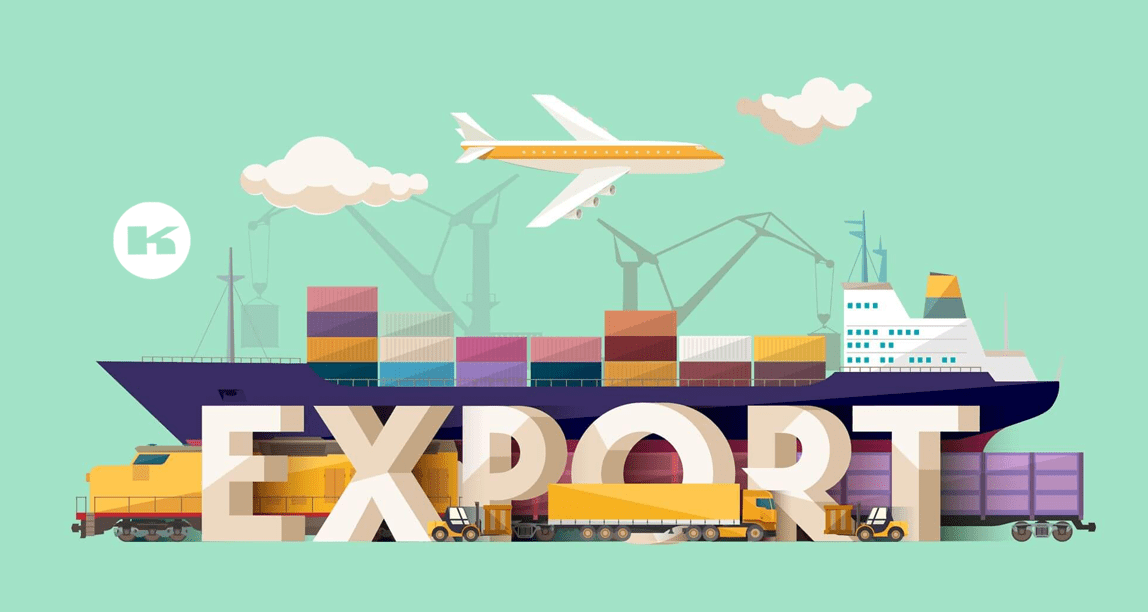The escalating tensions in West Asia, particularly the direct confrontation between Israel and Iran, have cast a shadow over India’s textile export sector. The Commerce Department is closely monitoring the situation and is in constant dialogue with industry stakeholders as the region’s instability could significantly impact India’s trade with countries like Israel, Iran, Jordan, Lebanon, and Yemen.
Disrupted Supply Chains and Rising Costs
The conflict has already led to disruptions in supply chains and increased freight costs. Exporters are facing longer transit times and limited shipping options, particularly to ports in the affected regions. This has impacted the timely delivery of textile products and increased overall costs.
Impact on Export Destinations
West Asia is a crucial market for Indian textiles, especially for products like garments and apparel. Any further escalation of the conflict could severely impact exports to the region and, consequently, to Africa, which relies heavily on West Asian ports for transit.
Government Intervention Sought
Industry bodies like the Federation of Indian Export Organisations (FIEO) are urging the government to take proactive measures to mitigate the impact of the crisis. This includes exploring alternative shipping routes, facilitating smoother customs clearance, and providing financial support to exporters facing challenges.
The Commerce Department, in collaboration with the Shipping Ministry, is working to address these concerns. Discussions are underway with the Container Corporation of India (CONCOR) to explore options for internal movement and relocation of containers.
As the situation remains volatile, the textile industry is bracing for potential challenges and is closely monitoring developments in the region.

